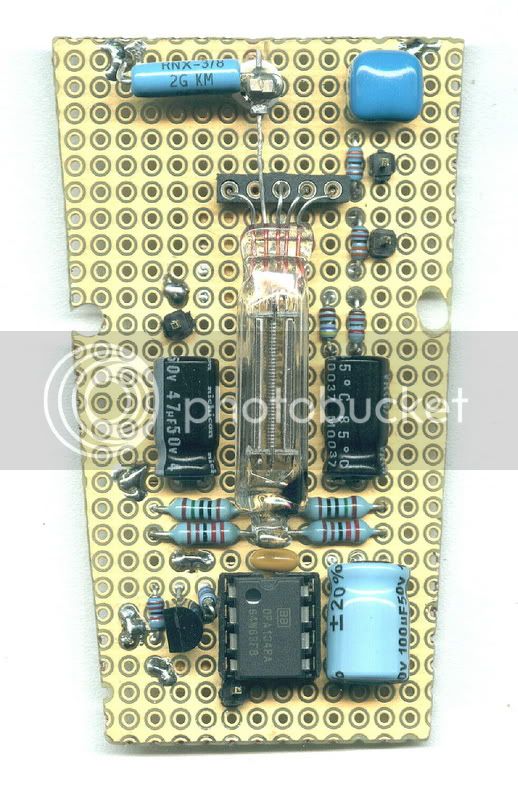smallbutfine
Well-known member
Hi,
i just look at my 5 1G resistors that i bought some time ago and remember how expensive they were...(~3 Euros for one!)
I already know high value resistors can be made with graphite (pencil), ink etc.
But has anyone around here actually used an improvised / DIY high value resistor? i just played around with a pencil and was able to get a 1gig 1% resistance in a few minutes as a line on the paper...
But this is a carbon resistor and i wonder if it would be usable for audio (noise?) are there home brewn metal film / oxide resistor recipe one might have here around?
And...how would someone apply leads to this, i had to press copper (5 Eurocents) really hard to the paper to measure the resistance... :?
I know this has been done before (WW II improvisation method to fix equipment, but my grandpa's died before i had that DIY obsession...)...
Any opinions, or even better - *experiences* with this topic around here?
:grin:
Thank you and kind regards,
Martin :thumb:
EDIT: Done: Leaded DIY High Value Carbon Resistor, see below.
i just look at my 5 1G resistors that i bought some time ago and remember how expensive they were...(~3 Euros for one!)
I already know high value resistors can be made with graphite (pencil), ink etc.
But has anyone around here actually used an improvised / DIY high value resistor? i just played around with a pencil and was able to get a 1gig 1% resistance in a few minutes as a line on the paper...
But this is a carbon resistor and i wonder if it would be usable for audio (noise?) are there home brewn metal film / oxide resistor recipe one might have here around?
And...how would someone apply leads to this, i had to press copper (5 Eurocents) really hard to the paper to measure the resistance... :?
I know this has been done before (WW II improvisation method to fix equipment, but my grandpa's died before i had that DIY obsession...)...
Any opinions, or even better - *experiences* with this topic around here?
:grin:
Thank you and kind regards,
Martin :thumb:
EDIT: Done: Leaded DIY High Value Carbon Resistor, see below.




